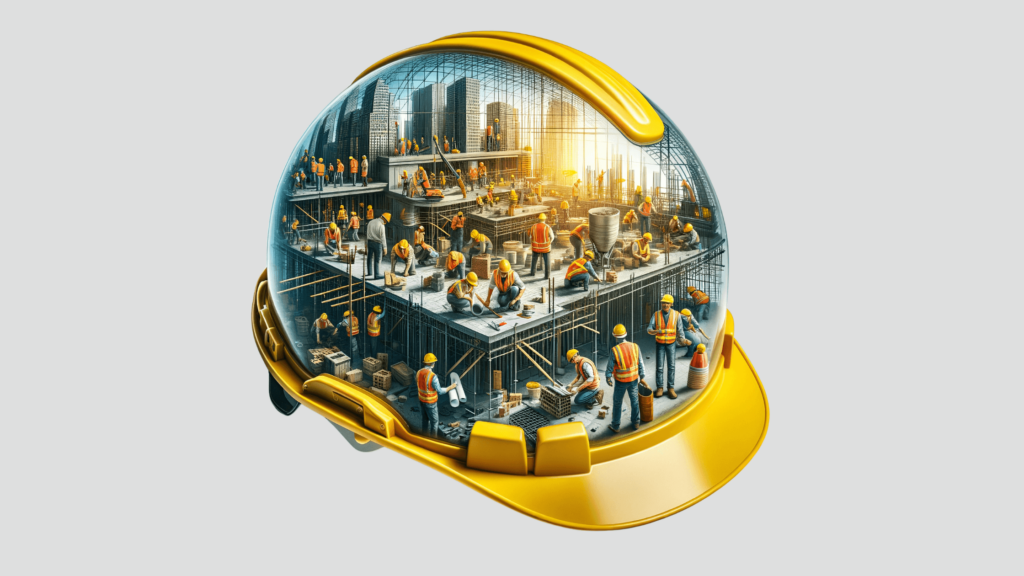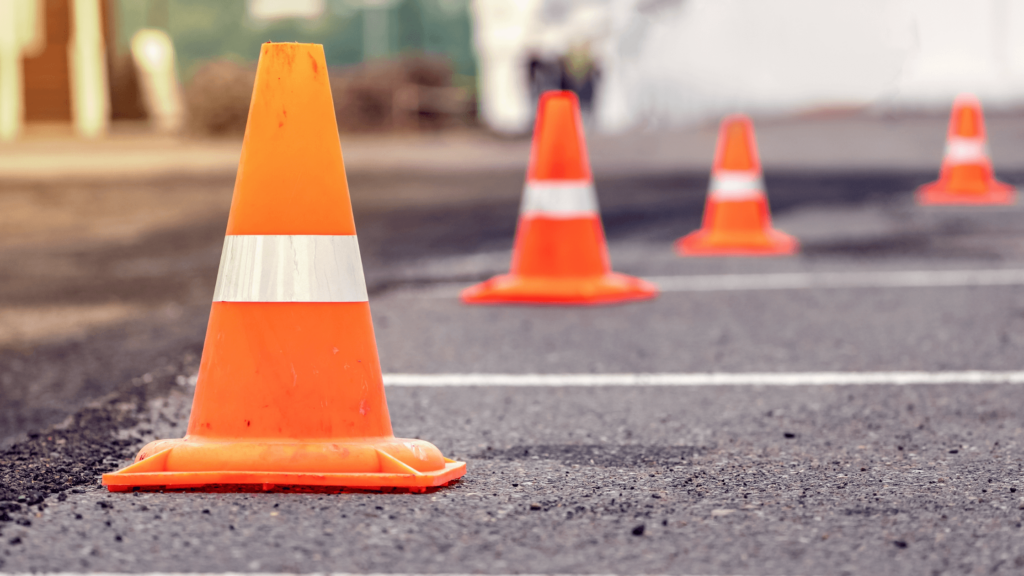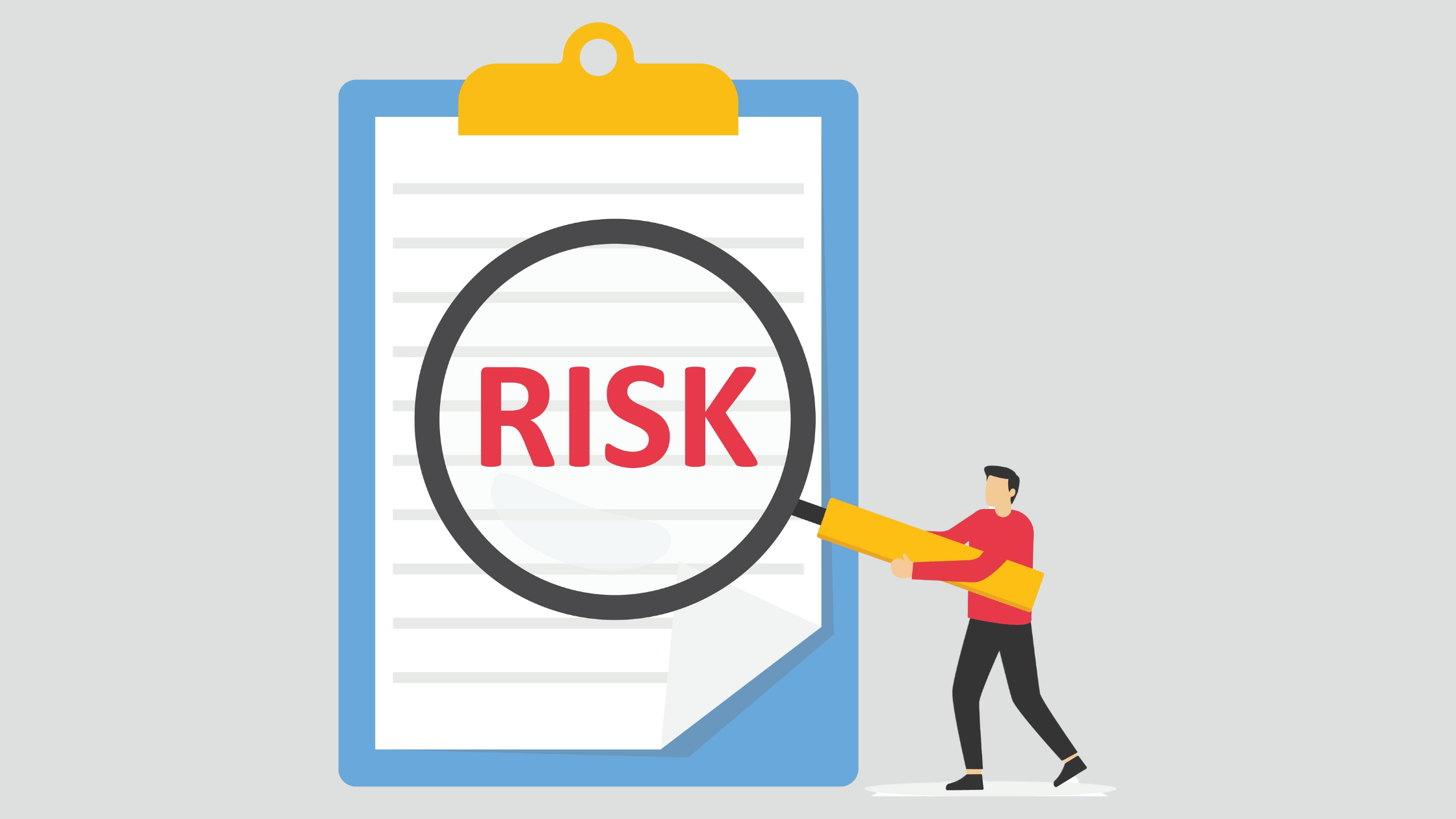Construction is one of the most dangerous industries, with workers facing daily risks like falls, electrical hazards, and heavy equipment accidents. The best way to prevent injuries isn’t just reacting when something goes wrong—it’s spotting dangers before they become disasters. By breaking down tasks step by step and identifying potential risks, job hazard analysis (JHA) helps crews work smarter, safer, and with more protection.
Quick look
- Job hazard analysis prevents accidents by identifying risks before work begins to improve safety.
- The scope of the JHA and JSA differs, with the JHA focusing on task-specific hazards and the JSA covering broader job safety concerns.
- Effective JHA involves hazard identification, risk assessment, and preventive measures, ensuring compliance with OSHA regulations.
- Digital tools streamline JHA documentation, making hazard tracking, updates, and accessibility easier for construction teams.
What is JHA?
A job hazard analysis (JHA) is a proactive safety process that helps identify potential dangers before they lead to accidents. It involves breaking down a job into individual steps, assessing the risks associated with each step, and determining the best ways to mitigate those risks. The goal is simple: prevent injuries, improve workplace safety, and ensure compliance with safety regulations like OSHA standards.
By taking a step-by-step approach, JHA helps workers and supervisors pinpoint hidden hazards that might otherwise go unnoticed. Whether fall protection, equipment handling, or chemical exposure, JHA ensures that each job is completed as safely as possible. It also promotes a culture of safety, where workers are encouraged to identify risks and take the necessary precautions to protect themselves and their team.
JHA vs. job safety analysis
At first glance, JHA and job safety analysis (JSA) may seem interchangeable—they both focus on identifying risks and improving safety. Most construction companies use JHAs and JSAs to create a well-rounded safety strategy. However, while they share a common goal, they differ in how they are applied on a construction site.
Key differences
- JHA is task-specific, while JSA takes a broader approach. A JHA focuses on a specific task, breaking it down into individual steps and identifying hazards at each stage. A JSA looks at overall job safety, covering multiple tasks and general risks associated with a given role or project.
- JSA includes general risk assessments, while JHA focuses on detailed hazard identification. A JSA often covers common safety concerns across multiple jobs, such as proper lifting techniques or fire safety. A JHA is more detailed, identifying task-specific risks and determining the best mitigation methods.
For example, if workers are constructing a scaffold, a JSA would cover general safety guidelines, such as using fall protection and ensuring structural stability. A JHA, however, would break down the process into individual steps, identifying risks in each phase—such as hazards when assembling the base, climbing to higher levels, or handling specific tools.
Key similarities
- Both aim to reduce workplace risks and keep workers safe. The primary goal of both processes is to prevent accidents before they happen by identifying hazards and implementing controls.
- Both require identifying hazards, evaluating risks, and implementing safety measures. Whether using JHA or JSA, the process involves analyzing risks, ranking their severity, and determining ways to eliminate or mitigate them. Both rely on worker training, documentation, and ongoing safety monitoring to remain effective.
The importance of JHA in construction

Construction is one of the most hazardous industries, with workers facing risks from heavy machinery, high elevations, electrical hazards, and confined spaces. Accidents on job sites can lead to serious injuries, lost work time, and, in some cases, fatalities. Implementing JHA helps prevent these incidents by proactively identifying risks and establishing safer work practices before tasks begin.
JHA is particularly valuable because it provides a structured approach to hazard identification, ensuring safety measures are in place before work starts. By analyzing each task step, supervisors and workers can anticipate dangers and take appropriate precautions. This improves safety and minimizes costly downtime.
In addition to protecting workers, JHA helps companies comply with OSHA regulations and industry safety standards. Ignoring workplace hazards can lead to OSHA violations, expensive fines, and higher insurance costs. Regular JHA assessments help companies stay compliant and protect workers. By conducting JHA regularly, construction firms can stay ahead of compliance requirements, demonstrating a commitment to workplace safety and avoiding regulatory penalties.
Beyond legal compliance, a well-executed JHA process leads to fewer accidents, higher productivity, and lower operational costs. Workers who feel safe can focus on their tasks with fewer disruptions. Additionally, preventing workplace injuries reduces workers’ compensation claims and insurance expenses, making JHA a safety best practice and a smart business decision.
Identifying and documenting workplace hazards
Construction sites are filled with risks. Identifying hazards before work begins is key to preventing injuries and ensuring safety. A thorough hazard identification process allows workers and supervisors to recognize risks and implement control measures before an accident occurs. Some of the most frequent hazards on construction sites include:
- Falls: The leading cause of fatalities in construction, often due to unstable scaffolding, unprotected edges, or improper ladder use.
- Struck-by incidents: Workers can be hit by moving vehicles, falling tools, or shifting materials.
- Electrical risks: Exposed wiring, faulty equipment, and contact with overhead power lines create significant risks.
- Equipment-related injuries: Heavy machinery and power tools are dangerous if not used correctly or if safeguards fail.
Effective hazard identification
A successful JHA requires input from multiple sources, including:
- Workers who perform tasks daily and have firsthand experience with job-site risks.
- Supervisors and foremen who oversee workflows and ensure proper procedures are followed.
- Safety officers who guide compliance and best practices.
Key components of JHA documentation
For a JHA to be effective, it must be well-documented and easy to reference. Every analysis should include:
- A step-by-step breakdown of the task: Listing each phase of the job to pinpoint where risks may arise.
- Potential hazards at each step: Identifying dangers such as unstable surfaces, hazardous materials, or mechanical failures.
- Preventive actions and safety measures: Providing clear instructions on risk mitigation, including proper procedures and controls.
- Personal protective equipment (PPE) requirements: Specifying what gear is needed, such as hard hats, gloves, harnesses, or eye protection.
Improving accuracy with digital tools
Paper-based safety assessments can be challenging to maintain and update, which is why many construction companies are turning to digital tools and checklists. Platforms like SmartBuild, Procore, HammerTech, and ConstructConnect offer cloud-based JHA templates, allowing workers to document hazards in real-time, track changes, and ensure easy accessibility.
By integrating technology into hazard identification, companies can streamline safety documentation, reduce errors, and ensure that JHAs remain current. Digital tools also improve communication by making hazard assessments readily available to all workers, increasing awareness and accountability on the job site.
How to complete a JHA

JHAs are only effective if they are conducted thoroughly and consistently. A structured process ensures that hazards are properly identified and controlled before work begins.
Step 1: Select the job or task
The first step in a JHA is determining which tasks require analysis. Priority should be given to:
- High-risk tasks involving dangerous equipment, working at heights, or handling hazardous materials.
- Jobs with a history of incidents or near-misses, indicating areas where safety improvements are needed.
- OSHA-regulated tasks that have specific compliance requirements to reduce known risks.
Step 2: Break the job into steps
Once a task is selected, it must be broken down into a series of sequential steps to identify potential risks at each stage. When outlining these steps:
- Keep descriptions simple and straightforward. Avoid overly technical explanations so all workers can understand the process.
- List tasks in the order they are performed. This helps identify specific hazards at each stage of the job.
Step 3: Identify hazards
Each step should be analyzed for potential hazards that could put workers at risk. Common hazards in construction include:
- Physical risks – Falls, struck-by incidents, electrocution, caught-in/between hazards.
- Chemical exposures – Dust, fumes, solvents, and other harmful substances.
- Ergonomic concerns – Repetitive motion, improper lifting techniques, or awkward postures that may cause injury over time.
Step 4: Determine risk controls
Once hazards are identified, control measures must be implemented to minimize or eliminate risks. The hierarchy of controls is a proven framework for determining the most effective safety measures:
- Elimination – Removing the hazard entirely (e.g., replacing manual lifting with a mechanical hoist).
- Substitution – Using a safer alternative (e.g., switching to a non-toxic chemical solvent).
- Engineering controls – Implementing physical changes to the work environment (e.g., installing guardrails or ventilation systems).
- Administrative controls – Adjusting work procedures, providing safety training, and enforcing protocols like job rotation to reduce exposure.
- Personal protective equipment (PPE) – Requiring helmets, gloves, respirators, and harnesses when hazards cannot be entirely eliminated.
Step 5: Review and implement the JHA
A JHA is only effective if it is adequately implemented and continuously updated. To ensure success:
- Train workers on the identified hazards and the safety measures in place. Employees should understand the risks and how to protect themselves.
- Make documentation accessible. JHAs should be available on-site so workers and supervisors can reference them.
- Regularly update JHAs. Job sites change, and new hazards can emerge. JHAs should be reviewed and revised as tasks evolve or if improved safety measures are needed.
Bottom line
Job hazard analysis is a proactive approach to protecting workers, preventing accidents, and improving safety culture on construction sites. By identifying risks before they lead to injuries, companies can reduce downtime, avoid costly OSHA violations, and create a safer work environment.
Don’t leave safety to chance. Subscribe to our newsletter and follow us on social media for expert insights, industry updates, and practical tips to keep your job site compliant and injury-free.



